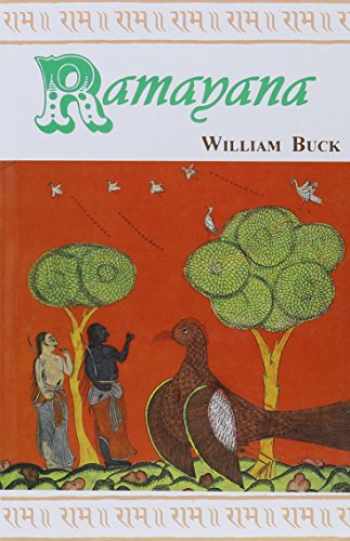
On the birth and initial growth stage of organizational life cycle the devotional leadership should be most effective. The paper concludes that varying leadership styles can be practiced for the different stages of the life cycle of an organization. The case study of Lord Hanuman has been presented in this paper as an example of devotional leadership. This paper develops a model of devotional leadership using hermeneutics a qualitative research methodology, which is the interpretation of an ancient or a classical literature. When the leader becomes a devotee he leads by developing nine different types of characteristics, behaving like a servant is only one among them.

The Srimad-Bhagavatam too describes about the nine types of devotional services.


Lord Rama has discussed about the nine aspect of Bhakti and among them the service is one. Thousands of years before the introduction and the development of transformational leadership or servant leadership concept, Lord Rama in the Ramayana had discussed about the concept of Bhakti or devotion a bigger domain of these concepts that the present day researchers are talking about.Īpparently it may look that much of servant leadership factors are considered in the transformational leadership model and devotional leadership is just an extension of these two theories but if we examine the three models critically we arrive at the conclusion that the focus of these theories are different.


 0 kommentar(er)
0 kommentar(er)
